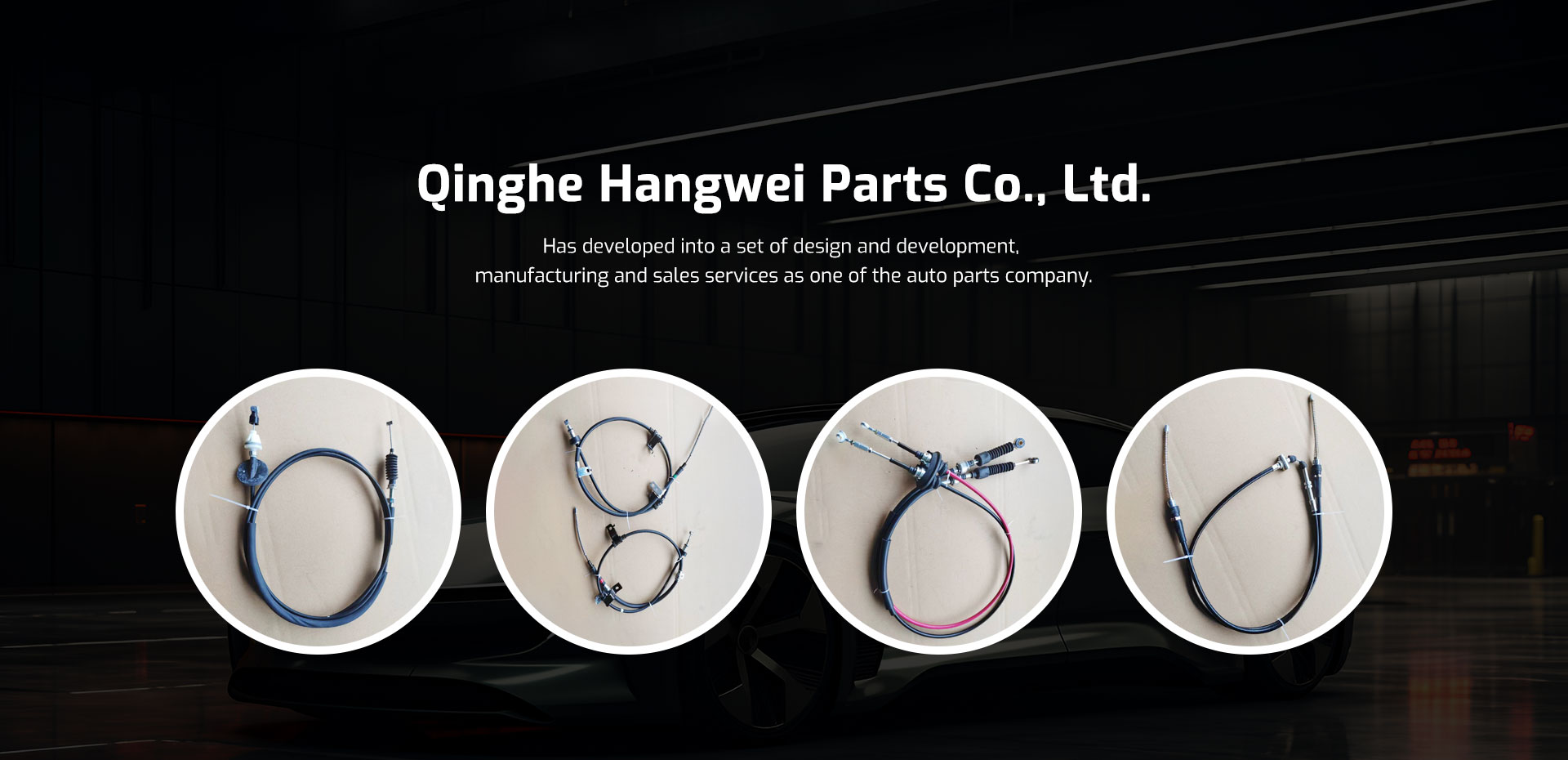handbrake cables
Understanding Handbrake Cables Importance and Maintenance
Handbrake cables are a critical component of a vehicle's braking system, and understanding their function and maintenance can greatly enhance your vehicle's safety and performance. The handbrake, or parking brake, is designed to keep a vehicle stationary when parked, especially on inclines. It operates through a system of cables and levers, and its efficiency largely depends on the condition of the handbrake cables.
Function of Handbrake Cables
Handbrake cables are responsible for transferring the force from the handbrake lever to the brake mechanism on the rear wheels. When the driver pulls the handbrake, the lever activates a system of cables that tightens the brake shoes or clamps, thereby securing the vehicle in place. This mechanism is crucial not just for parking but also in emergencies when the service brakes might fail.
There are generally two cables the main cable, which runs from the handbrake lever to a junction point near the rear wheels, and secondary cables that connect to each wheel’s braking system. The setup allows for even braking force distribution on both wheels, ensuring the vehicle remains securely parked.
Signs of Wear and Tear
Over time, handbrake cables can wear out due to exposure to harsh environmental conditions, corrosion, and regular use. Certain signs indicate that your handbrake cables might need inspection or replacement. If you notice that the handbrake lever feels loose or requires excessive pulling to engage the brakes, these are early indicators of cable wear. A vehicle that rolls slightly when parked can also signal that the handbrake isn’t functioning correctly, often caused by stretched or frayed cables.
handbrake cables

Moreover, if you hear noises such as clicking or grinding when engaging the handbrake, it’s essential to inspect the cables and the entire braking system for potential issues. Regular maintenance checks can help identify these problems before they escalate into more significant issues.
Maintenance and Replacement
Maintaining handbrake cables involves regular inspection and cleaning. It is advisable to check the cables for any signs of rust, wear, or damage. If you find any issues, addressing them early can prevent more severe problems down the road. In addition, ensuring that the handbrake lever and mechanism are lubricated can enhance their function and longevity.
Replacement of handbrake cables should not be overlooked if they are beyond repair. It is advisable to use OEM (Original Equipment Manufacturer) parts for replacements to ensure compatibility and reliability. While some car owners choose to perform this task themselves, it’s often recommended to seek professional assistance, especially if the mechanical intricacies of the braking system are unfamiliar.
Conclusion
Handbrake cables play an essential role in your vehicle's safety and functionality. Understanding their significance, recognizing signs of wear, and executing regular maintenance can lead to a safer driving experience. Always ensure your parking brake system is functioning correctly, as it is vital not only for keeping your vehicle in place but also for your overall road safety. By prioritizing the health of these cables, you contribute to the longevity of your vehicle and the well-being of everyone on the road. Regular checks, preventative care, and timely replacements are the keys to a dependable handbrake system.
-
Workings of Clutch Pipe and Hose SystemsNewsJun.04,2025
-
The Inner Workings of Hand Brake Cable SystemsNewsJun.04,2025
-
The Secrets of Throttle and Accelerator CablesNewsJun.04,2025
-
The Hidden Lifeline of Your Transmission Gear Shift CablesNewsJun.04,2025
-
Demystifying Gear Cables and Shift LinkagesNewsJun.04,2025
-
Decoding Clutch Line Systems A Comprehensive GuideNewsJun.04,2025
